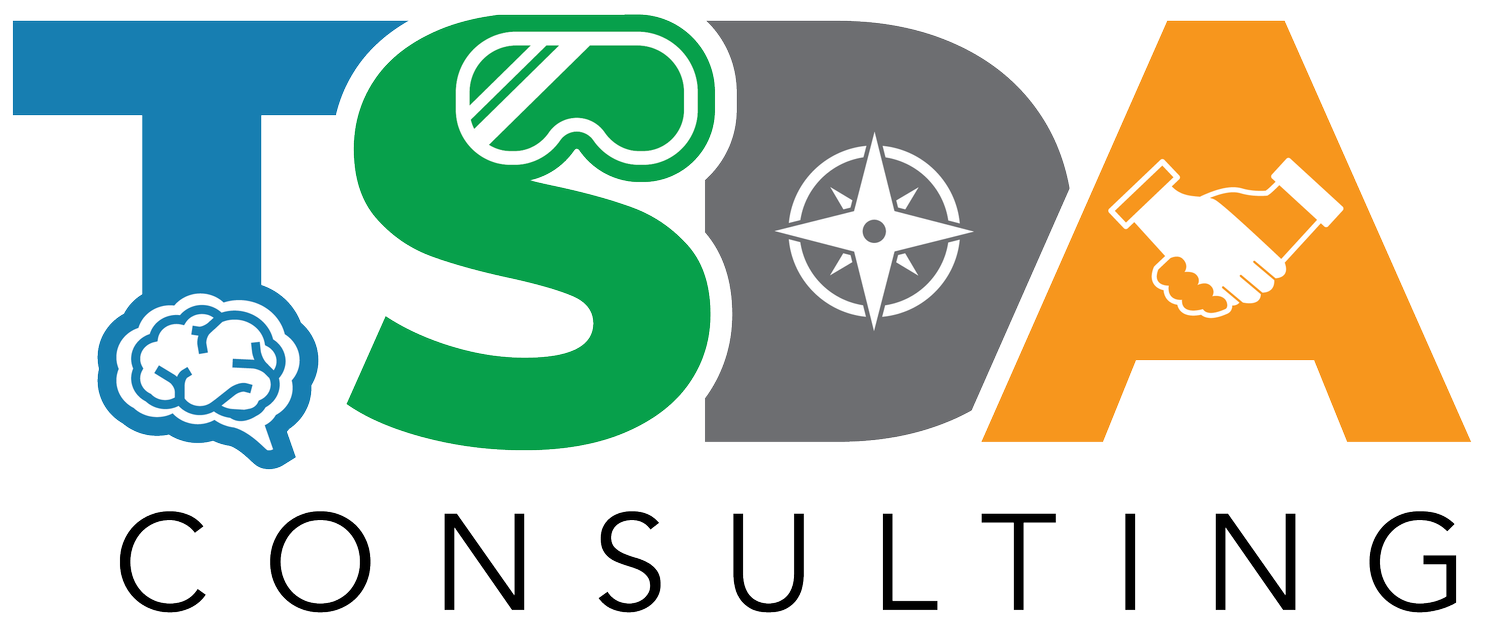Lost in Translation: Why Behavior-Based Safety Programs Can Misinterpret Employee Needs
In the world of safety initiatives, miscommunication is all too common, leaving us feeling lost in translation. But fear not! In this blog post, we'll delve into why behavior-based safety programs can misinterpret what employees genuinely need and explore how we can bridge this gap for a safer and happier work environment.
When it comes to workplace safety, there is no one-size-fits-all solution. Behavior-based safety systems are designed to address the specific needs of a company and its employees. However, these systems can sometimes misinterpret employee needs.
A Behavior-Based Safety Program (BBS) is a system for improving safety in the workplace by identifying and addressing unsafe behaviors. The program uses data collected from observation and feedback to identify at-risk behavior and create a plan for addressing it.
The goal of a BBS program is to change the behavior of employees in order to reduce or eliminate accidents and injuries. The program is designed to be proactive rather than reactive in that it seeks to prevent accidents before they happen.
There are a number of common misconceptions about behavior-based safety systems, which can lead to misinterpretation of employee needs and ultimately hinder the effectiveness of the program.
Some organizations mistakenly believe that behavior-based safety is only concerned with compliance with rules and regulations. While compliance is certainly an important part of any safety program, it should not be the only focus. A comprehensive behavior-based safety program should also address the root causes of accidents and incidents, identify hazards before they result in injuries or property damage, and promote a culture of continuous improvement.
Another misconception is that behavior-based safety is a punitive system that focuses on punishing unsafe behaviors. While it is essential to identify and address unsafe behaviors, the goal of a behavior-based safety program should be to promote safe behaviors through positive reinforcement. When done correctly, employees should feel empowered to make decisions that improve their safety and the safety of those around them.
Other items that lead to miscommunication are:
1. Ineffective Identification of Unsafe Behaviors
2. Poor Reinforcement of Safe Behaviors
3. Lack of Sustainability
4. Unclear or unrealistic expectations
5. Lack of buy-in from management
6. Lack of feedback
7. Ineffective rewards and punishments
8. Over-reliance on technology
If your organization's safety program is not achieving the desired results, it may be time to assess and address the underlying causes of failing systems. Here are some tips on how to address failing systems for employees:
1. Encourage employees to speak up about safety concerns.
2. Conduct a thorough analysis of the problem.
3. Implement corrective actions that focus on prevention.
4. Focus on the hierarchy of controls
When it comes to safety in the workplace, employees are often the first line of defense. They are the ones who see potential hazards and are trained to address them. Our team must be empowered to address unsafe situations and have dangerous conditions corrected.
